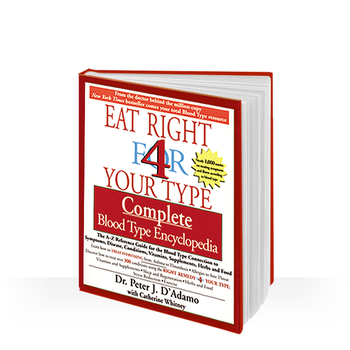Pharmacology
See Also
Abstracts
Flavonoid quercetin, but not apigenin or luteolin, induced apoptosis in human myeloid leukemia cells and their resistant variants
Neoplasma. 2005;52(4):273-9. Duraj J, Zazrivcova K, Bodo J, Sulikova M, Sedlak J.
- Flavonoids and their in vivo metabolites are neuroprotective, cardioprotective and chemopreventive agents acting as hydrogen-donating antioxidants or modulators functioning at protein kinase and lipid signaling pathways. In presented study treatments of human leukemia cells HL60 and their MDR-1 resistant subline HL60/VCR by flavonoids apigenin (API), luteolin (LUT), quercetin (QU) and anticancer drug doxorubicin (DOX) are reported. Of all flavonoids used only QU treatments led in both cell lines to DNA fragmentation, cleavage of poly (ADP- ribose) polymerase (PARP), up-regulation of proapoptotic Bax and posttranslational modification (phosphorylation) of antiapoptotic Bcl-2. Cytochrome c and p21WAF1/CIP1 levels remained unchanged in these cells. Furthermore, treatments of both cell lines by QU and in its combined application with DOX increased phosphorylation of ERK, while Akt-1 and phosphorylated Akt-1 levels were not changed. All these events resulted in effective induction of apoptosis associated with down-regulation of P-glycoprotein in resistant cells. Presented results suggest that in human leukemia cells QU is a potent regulator of the cell apoptotic program associated with the modulation of several signaling molecules.
Flavonoids as inhibitors of MRP1-like efflux activity in human erythrocytes. A structure-activity relationship study
Bobrowska-Hagerstrand M, Wrobel A, Mrowczynska L, Soderstrom T, Shirataki Y, Motohashi N, Molnar J, Michalak K, Hagerstrand H.
Oncol Res. 2003;13(11):463-9.
- The potency of flavonoids (isoflavones, flavones, and flavanones) to inhibit efflux of 2',7'-bis-(carboxypropyl)-5(6)-carboxyfluorescein (BCPCF) from human erythrocytes was investigated. Structure-activity relationship analysis showed that the strongest inhibitors were found among flavanones bearing a hydrophobic prenyl, geranyl, or lavandulyl group at position 8 (and hydroxyl groups at 5 and 7) in ring A. A prenyl group at position 5' or stilbene at positions 4'-5' in ring B further seemed to increase inhibitor potency. The most efficient flavanones, euchrestaflavanone A and sophoraflavanone H, were approximately 20 times more efficient than genistein, and induced 50% inhibition of BCPCF efflux (IC50) at 3 microM (60 min, 37 degrees C). This is comparable to IC50 of benzbromarone (4 microM) and lower than IC50 of indomethacin (10 microM), both known MRP1 (ABCC1) inhibitors. It is suggested that BCPCF efflux is mainly due to MRP1 activity. Our results indicate that flavonoid molecular structure provides a promising base for development of potent MRP1 inhibitors.
Monitoring of MRP-like activity in human erythrocytes: inhibitory effect of isoflavones
Blood Cells Mol Dis. 2001 Sep-Oct;27(5):894-900. Bobrowska-Hagerstrand M, Wrobel A, Rychlik B, Bartosz G, Soderstrom T, Shirataki Y, Motohashi N, Molnar J, Michalak K, Hagerstrand H.
- A method to fluorometrically monitor efflux of 2',7'-bis-(carboxypropyl)-5(6)-carboxyfluorescein (BCPCF) from human erythrocytes was developed. Genistein, daidzein, sophoraisoflavone A, and licoisoflavone A induced 50% inhibition (IC(50)) of BCPCF efflux at 15-70 microM. The IC(50) value of the most efficient isoflavone, licoisoflavone A (15-25 microM), was comparable to that of indomethacin (approximately 10 microM) and markedly lower than for probenecid (100-200 microM), both known MRP1 inhibitors. Our results indicate that the human erythrocyte is a useful cell model in screening potential MRP inhibitors, that BCPCF is a good substrate for MRP, and that some isoflavones at low concentrations inhibit MRP-mediated efflux. (c)2001 Elsevier Science.
